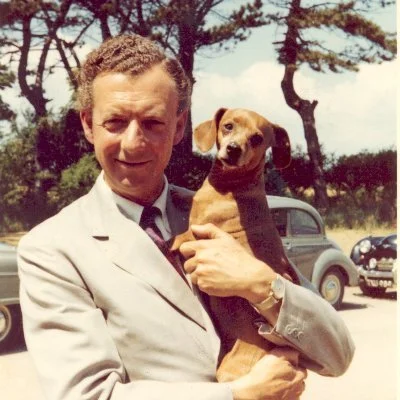Zenas Hsu has been busy over the last months, weeks, days and hours - designing “Emergence” and arranging the Britten First String Quartet for the group, as well as all of the preparation that goes into any A Far Cry week! We caught up with him for just long enough to get some insight into his vision.
Was there a particular piece or concept that inspired this program?
I think the concept has evolved over time, but it began as a personification of how we emerge from a tumultuous time of isolation and struggle. In contrast to where we are, the three pieces on this program are filled with optimism, but in the flavor of quiet, earnest, and unassuming optimism. I was heavily inspired by the way Lei Liang describes his take on his Mongolian influences in his music as music that plays with the relationship of convergence and divergence, of voices and roles that interchange at different times, yet meld together somehow by inspired chance. In this current world we are struggling to find consensus, struggling to be heard as individuals, while struggling to understand inclusivity and equity. In my mind this program acoustically reflects the aspirations and idealization of aspiring towards achieving that, in an optimistic way.
How did you get to know Lei Liang's music?
Liang was the resident composer of Yellow Barn in 2014, during which I had the pleasure to hear and play his music. I was immediately fascinated by not only his work but the way he viewed his work - a constant re-exploration of the music tradition and how music inevitably touches and is touched by his reality, from striving to write freely his own melodies from folk traditions instead of simply inserting existing ones (like the ones in "Verge" inspired by his childhood experiences of listening to traditional Mongolian song), to transforming the beauty of the natural world into music in pursuit of recognizing the fragility of it, to exploring the relationship of tradition, history, and re-invention. I remember vividly being transfixed by the first notes of a piece by Liang for solo harpsichord, "Some Empty Thoughts of a Person from Edo", which transformed the sounds of the baroque instrument into the reflective plucking of a koto or kayagum, and the magical nature of an evening featuring the contrapuntal evolution between interchanging attacca movements of Bach's Musical Offering and Liang's Garden Eight.
What was it like to arrange the Britten?
When I was a guest Crier, I inevitably learned about the way A Far Cry operates - democratically, each Crier having the opportunity to not only voice their opinions and aspirations, but from ground up the way A Far Cry operates. One thing that was so inspiring to learn was that every single AFC program originated from the hands of a Crier curator.
I run an annual pre-K and K-12 educational festival called Chamber Music by the Bay in the San Francisco bay area in California with some musician friends. One year we programmed Britten String Quartet No. 1. In the second movement, we shared how we passed the fortissimo outbursts in the beginning around the four instruments, and demonstrated this by hopping out of our seats whenever we had the surprise interjections. I think later that week I began to toy with the idea that this piece would be a wonderful string orchestra arrangement, from the shimmering kaleidoscope of sounds in the first movement, the grandness of open harmonies in the third, to the playful hockets found in the fast movements. It represents in my mind the very process that defines A Far Cry - a collective that shares and passes to each individual empowerment.


